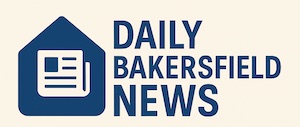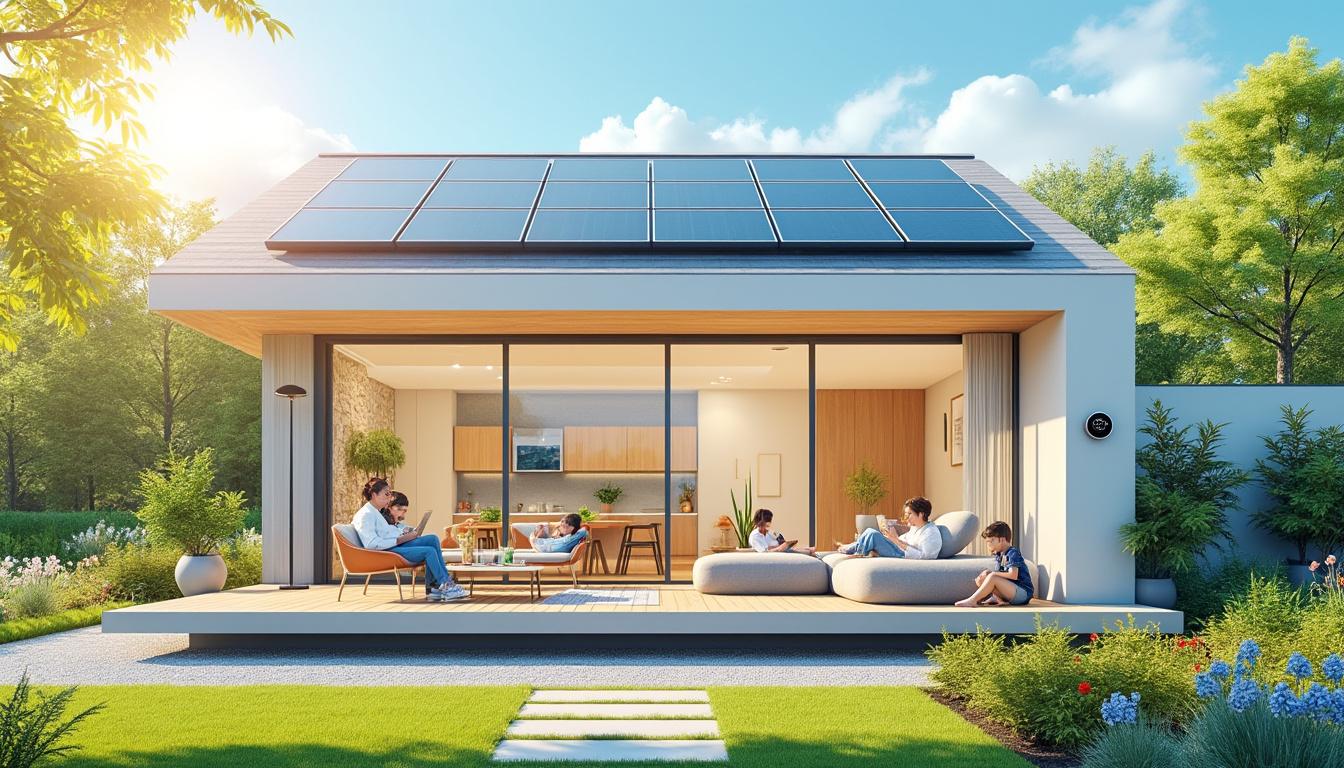As summer temperatures escalate, the importance of efficient cooling solutions becomes paramount for homeowners seeking both comfort and sustainability. Edison Heating and Cooling shares expert insights to help reduce energy consumption without sacrificing home comfort. These smart energy-saving strategies not only lower utility bills but also promote eco-friendly living by integrating advanced HVAC technologies and green technology innovations. Understanding and adopting these approaches ensures a cooler home environment while respecting the planet’s finite resources.
Smart Energy Management with Advanced HVAC Systems
Modern HVAC systems are at the forefront of achieving home comfort while incorporating sustainable energy principles. Edison Heating and Cooling emphasizes the role of smart thermostats and integrated HVAC technologies that adapt cooling performance based on real-time data. These smart home devices monitor indoor and outdoor temperatures, humidity levels, and occupancy patterns to optimize air conditioning use efficiently.
For instance, smart thermostats can automatically adjust cooling schedules to avoid energy waste during peak hours. By synchronizing air conditioning operation with energy demand, households benefit from lower bills and minimized environmental impact.
Key Elements of Smart HVAC Integration:
- Adaptive Scheduling: Programming cooling based on daily routines and weather predictions ensures energy is utilized only when necessary.
- Remote Control Access: Enabling adjustments via mobile devices allows real-time energy management from any location.
- Energy Usage Reporting: Detailed insights into consumption patterns help identify savings opportunities.
In addition, regular maintenance ensures these smart systems operate at peak efficiency. Edison Heating and Cooling recommends annual HVAC inspections, filter replacements, and duct sealing to reduce unnecessary energy leaks. Supporting this, research shows that well-maintained HVAC units can lead to energy savings of up to 15% compared to neglected systems.
Table: Comparison of Traditional vs. Smart HVAC Energy Consumption
| Feature | Traditional HVAC | Smart HVAC System |
|---|---|---|
| Energy Efficiency (%) | 60-70 | 85-95 |
| Operational Cost Savings | Low to Moderate | High |
| Remote Operation | No | Yes |
| Maintenance Alerts | Rare | Frequent & Automated |
For those interested in learning about budget-friendly upgrades that complement these HVAC innovations, Daily Bakersfield News offers helpful lighting upgrade tips, which can further reduce energy loads during summer months.
Innovative Cooling Solutions for Sustainable Energy Use
Besides optimizing HVAC systems, Edison Heating and Cooling highlights alternative cooling solutions that significantly contribute to energy-saving and increase home comfort. Techniques such as evaporative cooling, ceiling fans, and strategic shading reduce dependence on traditional air conditioning systems.
Evaporative coolers, also known as swamp coolers, use water evaporation to cool air efficiently, especially in dry climates. These devices consume up to 75% less electricity compared to compressor-based air conditioners. Incorporating such green technology aligns with sustainable energy goals by lowering fossil fuel reliance.
Additionally, ceiling and portable fans complement air conditioning by enhancing air circulation, enabling occupants to feel cooler at higher thermostat temperatures. This allows for setting the air conditioner a few degrees higher, thereby saving energy without compromising comfort.
Edison Heating and Cooling recommends these practices for improving passive cooling:
- Strategic Window Shading: Use awnings, blinds, or reflective films to block sunlight during peak hours.
- Ventilation Enhancements: Enable cross-ventilation by opening windows and doors during cooler parts of the day.
- Insulation Maintenance: Upgrade attic and wall insulation to reduce heat transfer into living spaces.
Integrating these solutions forms a holistic approach that balances mechanical and passive cooling measures, achieving sustainable energy consumption patterns.
Table: Energy Consumption of Various Cooling Technologies
| Cooling Solution | Energy Usage (kWh) | Suitability | Estimated Savings (%) |
|---|---|---|---|
| Central Air Conditioning | 2000-3500 kWh/year | Humid & Hot Climates | Baseline |
| Evaporative Cooler | 400-700 kWh/year | Dry Climates | Up to 75% |
| Ceiling Fans | 100-150 kWh/year | All Climates | 10-30% (when paired with A/C) |
Interested in enhancing your home’s overall efficiency? Attending events like the Central Ohio Home & Garden Show provides valuable exposure to sustainable home improvements and cooling innovations.
Energy-Saving Habits for Daily Summer Comfort
Technological upgrades are complemented by practical daily habits that Edison Heating and Cooling endorses to maximize smart energy utilization. Small behavioral changes contribute significantly to lowering energy consumption and enhancing home comfort.
Essential daily energy-saving practices include:
- Thermostat Optimization: Setting air conditioners to higher temperatures (around 78°F) when occupants are home reduces unnecessary cooling.
- Nighttime Cooling: Leveraging cooler night air to ventilate and refresh interiors minimizes daytime reliance on air conditioning.
- Appliance Management: Limiting use of heat-generating devices during peak afternoon hours reduces cooling demand.
- Window Treatments: Closing blinds or curtains early in the day blocks heat accumulation.
- Hydration and Clothing: Dressing in light fabrics and staying hydrated improve personal comfort without extra cooling.
By incorporating these habits, homes become more energy-efficient and owners enjoy lower utility bills. Furthermore, these actions extend the operational life of HVAC systems by reducing strain.
Table: Impact of Daily Energy-Saving Habits on Cooling Costs
| Habit | Estimated Monthly Savings (%) | Ease of Implementation | Additional Benefits |
|---|---|---|---|
| Thermostat Adjustment (Up 2-3°F) | 5-10% | High | Lower Energy Bills |
| Use of Fans | 10-15% | Moderate | Enhanced Comfort |
| Window Shading | 7-12% | High | Protect Furnishings |
| Avoiding Heat-Producing Appliances Midday | 3-6% | Moderate | Reduced Cooling Load |
For homeowners planning broader lifestyle adjustments, articles like Save Money On House Rent With Kids reveal practical tips that align with energy-conscious living.
Implementing Green Technology for Long-Term Energy Savings
Investing in green technology is a vital component of Edison Heating and Cooling’s smart energy strategy for enduring energy savings and environmental responsibility. From solar-powered cooling systems to energy recovery ventilators, these innovations integrate seamlessly with existing homes and contribute to sustainable energy goals.
Solar-assisted air conditioning systems harness renewable energy to reduce grid dependency. By coupling photovoltaic panels with energy-efficient HVAC units, homeowners lower their carbon footprint and gain protection against fluctuating energy prices.
Further options include:
- Energy Recovery Ventilators (ERVs): These devices exchange stale indoor air for fresh outdoor air while recovering cooling energy, improving air quality and reducing HVAC load.
- Smart Zoning Systems: Dividing a home’s HVAC into zones allows precise temperature control in occupied areas, cutting energy waste in unused rooms.
- High SEER Rated Equipment: Upgrading to systems with Seasonal Energy Efficiency Ratio (SEER) ratings above 20 guarantees top-tier efficiency.
The implications stretch beyond cost savings. According to studies, homes utilizing green HVAC technologies reduce overall energy consumption by approximately 30% compared to conventional setups.
Table: Comparison of Green Technology Features
| Technology | Primary Benefit | Energy Savings (%) | Installation Complexity |
|---|---|---|---|
| Solar Air Conditioning | Renewable Energy Usage | 20-35% | High |
| Energy Recovery Ventilators | Air Quality & Energy Savings | 10-15% | Moderate |
| Smart Zoning Systems | Targeted Cooling Control | 15-25% | Moderate |
Homeowners seeking to explore more about integrating green innovations into everyday living will find valuable resources at the Daily Bakersfield News Home & Garden section, offering workshops and expert consultations.
Financial Incentives and Practical Resources to Support Energy Efficiency
Understanding available financial incentives is crucial for making energy-saving upgrades more accessible. Edison Heating and Cooling advises homeowners to take advantage of rebates, tax credits, and energy efficiency programs that offset initial costs of upgrading air conditioning systems or installing green technology.
Many utility providers and local governments offer tailored programs promoting smart energy behaviors such as:
- Rebates on High-Efficiency HVAC Equipment: Discounts incentivize installation of units with superior SEER ratings.
- Smart Thermostat Rebates: Lower the cost of adding programmable and learning thermostats which optimize energy use.
- Energy Audit Services: Professional home evaluations identify inefficiencies and suggest customized solutions.
- Financing Plans: Interest-free or low-interest loans facilitate affordability for extensive upgrades.
Tracking and utilizing these resources can produce significant long-term savings and improve home value.
Table: Overview of Financial Assistance for Energy Efficiency Enhancements
| Program | Incentive Type | Eligibility | Estimated Savings |
|---|---|---|---|
| High-Efficiency HVAC Rebates | Cash Rebates | Homeowners upgrading to qualifying units | Up to $500 |
| Smart Thermostat Discount | Discount Offer | Participation in utility energy programs | Up to $150 |
| Home Energy Audits | Free or Subsidized Audits | Residential properties | Custom savings recommendations |
| Low-Interest Financing | Loans | Qualified applicants | Reduced upfront costs |
Homeowners interested in energy-saving upgrades will benefit from reviewing resources like those detailed in Daily Bakersfield News’ affordable home improvement guides, promoting both comfort and sustainability.
Frequently Asked Questions About Staying Cool and Saving Energy This Summer
| Question | Answer |
|---|---|
| How does a smart thermostat help save energy during summer? | It adjusts cooling schedules automatically based on occupancy and weather, reducing unnecessary air conditioning usage and lowering energy bills. |
| What is the best temperature setting for air conditioning to balance comfort and savings? | Setting the thermostat to around 78°F when at home is generally recommended to optimize energy use without sacrificing comfort. |
| Can alternative cooling solutions like evaporative coolers replace traditional air conditioners? | In dry climates, evaporative coolers significantly reduce energy consumption while providing effective cooling, but may be less suitable in humid regions. |
| Are there financial incentives available for upgrading to energy-efficient cooling systems? | Yes, many utility companies and government programs offer rebates, discounts, and financing options to encourage energy-efficient home upgrades. |
| How often should HVAC maintenance be performed to ensure energy savings? | Annual inspections and timely service, including filter changes and duct sealing, are essential to maintain peak system efficiency. |

